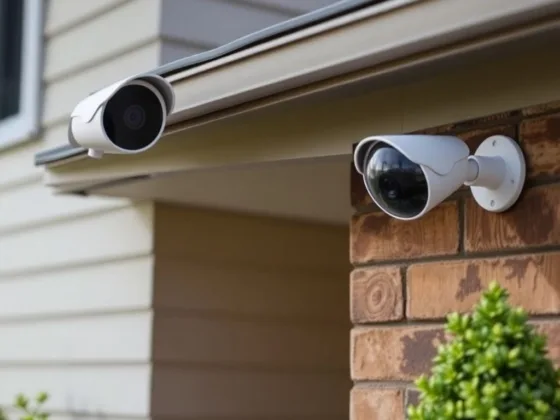Table of Contents Show
One of the driving factors in the increasing popularity of home solar panels over the last decade has been the falling prices. Research shows that the average cost of solar panels in the United States has decreased by a whopping 70% in the past 10 years.
The current cost of solar panels and installation in the US has never been lower, prompting more and more homeowners to make the switch to solar energy. Tampa solar installer ensures that the homeowners have plenty of options to look for while installing solar panels.

Of course, there are many benefits of solar panels for your home. The primary benefit for most people is the potential for significant savings over the lifespan of solar panels, which is approximately 25 years.
Another key benefit is that solar energy is clean, renewable, and abundant, making it a great alternative to energy forms such as coal and oil.
If you are considering making the switch to solar energy in your home, then this article will explain everything you need to know.
We will highlight the average cost of solar panels in California (a great place to find good prices on panels is by visiting here https://simplysolarcalifornia.com/services/products/), the factors that determine the price, the full list of benefits, and the science behind solar panels. Let´s go!
What Is the Average Cost of Solar Panels in California?
It can be difficult to give an accurate cost of solar panels for residential properties because there are a number of factors that ultimately determine the price. We will consider some of those later on, but let´s first look at the average price for a home in California.
Let´s take a 6kW solar panel installation, which is typical for homes in California. If we take the average cost per watt as $2.68, then the average system cost after factoring in tax credits is $11,877.
If we look at the net profit, which is the savings less the system cost, which would be in the region of $68,000 to $83,000, then the payback period would be just 4 to 5 years. As you can see, while the upfront cost of solar panels can be somewhat expensive, there are huge potential savings over the course of the 25-year lifespan of the system.
It should be said that California, thanks to its focus on green energy and its excellent weather (with lots of sunshine), is one of the best states in the US for making the move to solar energy.
Read Also:
What Are the Factors That Determine Solar Panel Cost?
The first consideration when choosing a solar panel system will be the size. This will have a big bearing on the initial cost as well as the potential savings in the long run.
As noted, a 6kW system is typical in California, though anywhere from 4kW to 8kW is popular for residential homes across the US.
While sunlight will not affect the upfront cost of solar panels, it will have a major bearing on whether or not solar energy is right for your home.
The location of your home plays a big role here. The more sunlight your area receives, the greater the potential savings you can make over the course of the solar system.
Other factors that determine the cost of purchasing solar panels include state incentives, local market conditions, the solar panel installer, and the specific equipment you choose.
What Are the Benefits of Solar Panels for Your Home?
We have already touched upon the potential energy savings when you install solar panels on your roof. It´s also worth mentioning net metering, which is the process of selling excess energy to the grid for a fee.
This is another positive factor that can help to drive down the cost of purchasing a solar panel system in the long run.
Let´s briefly turn our attention to the environmental benefits of solar energy. Solar panels help to reduce air pollution, water pollution, and the need for finite resources such as coal and oil.
Making the switch to solar energy also helps to reduce water use, mitigate the effects of climate change, and lead to better health outcomes for all of us.
If you are particularly interested in lowering your carbon footprint, then solar energy is the way to go. Carbon footprint represents the number of greenhouse gases that we generate through our actions.
Individual solar energy systems are incredibly efficient and are helping to create a planet that is cleaner, greener, and safer for everyone and everything.
How Do Solar Panels Actually Work?
Now that you know the average cost of solar panels and the determining factors of this price, as well as the overall benefits, let´s quickly take a crash course in solar panel science.
Solar panel systems are comprised of photovoltaic cells, a metal frame, wiring, glass casing, and an inverter. Essentially, when sunlight hits the photovoltaic cells, an electric current is created.
The inverter works to convert this direct electricity into alternating current electricity, which is then used to power you’re home.
Make the Switch to Solar Panels for Your Home
In conclusion, solar panels are incredibly affordable when you consider the huge potential for energy savings over the 25-year lifespan of the system. It is a wonderfully clean energy source that truly is the future and now is the best time to invest in solar panels.
Here at Simply Solar in California, we are the leading solar panel installer in the state. We partner with the very best solar energy equipment suppliers. Contact our experienced and professional team today to learn more about the cost of solar panels for your home.










